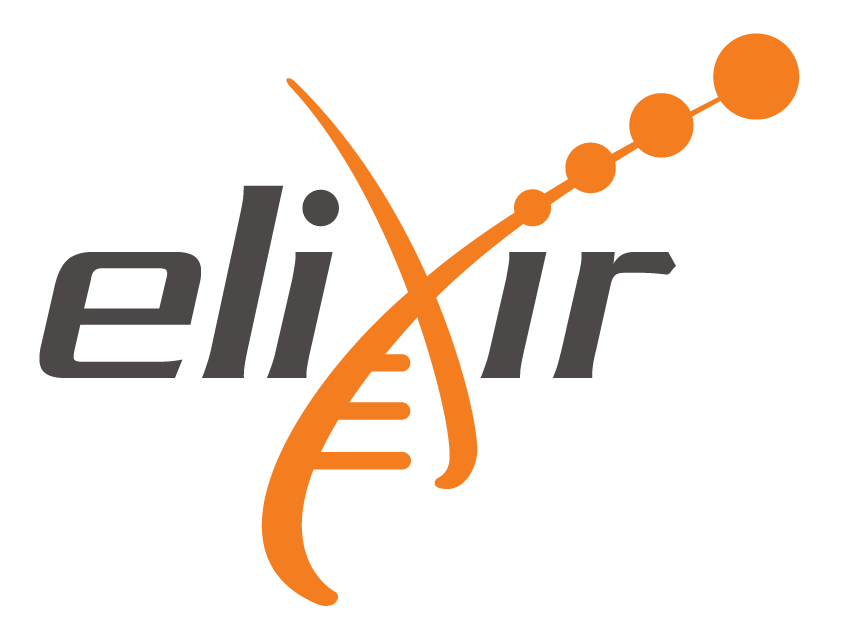How open bioinformatics resources foster innovation in industry; a short interview
Introduction
Small and Medium-sized Enterprises (SMEs) use public-funded open bioinformatics resources (e.g., databases, software, tools, workflows, standards, ontologies, cloud computing, etc) asbusiness models but also, to createinnovative added-value products and services that they proceed to sell to larger industry clients. As a result, socioeconomic and societal benefits are generated following impact pathways. PathOS aims to unravel the totality of the impact pathways and shed light on effect of ELIXIR’s activities on fostering innovation in the industry sector, and how this then translates to socioeconomic and societal benefits. A big challenge for the project will be to successfully identify and quantify these benefits!
Why was thisparticular study selectedand howdoes it contribute to thetesting and operationalization of Open Science indicators?
Open Science is a founding principle of ELIXIR – you could say that, as an organisation, we live and breathe Open Science. In practice, it means that the>400 bioinformatics resourcesunderthe ELIXIR umbrella can be freely used byalmost anyone and anywhere, with an internet connection and the relevant skillset.
Whydo you think this is study isimportant for the broader Open Science context?
Whilst Open Science is often associated to the academic sector, this case studyrepresents a valuable opportunity tolook at its effects in an industry context and how the science produced under Open Science principles contributesto innovative solutions with benefits for society and the economy. Practicing and enabling Open Science takes effort, henceit’s important that positive effects arehighlighted.
How will this study contribute to the mainaims of the project?
Bioinformatics applicationshave significant societal and economic benefits – theseare found in health (e.g., personalised medicine, epidemicsmonitoring, development of treatments and vaccines), food security (e.g., aquaculture, crop development) and theenvironment (e.g., biodiversitymanagement, pollution remediation), to name a few.The case studywillhence directly contribute toprovidingevidence to support a better understanding of the implications of Open Science for science,economy andsociety.
Who are the main actorsinvolvedand why are theyimportant within the R&I ecosystem represented in this study?
ELIXIR is amongjust afewinternationalresearch infrastructures with a formal industry engagement portfolio that spans all itsmember countries,and unique in the European landscape with such an extensiveset of freelyaccessible bioinformatics resources.The case study will actively engage, and co-create, with those in ELIXIR who develop andoperate bioinformatics resources, industry end-users of theseresources, as well as a range of open science and innovation experts within and beyond the project consortium.Strategic engagement with these actorsprovides crucial information onthe impact created bytheopen nature ofELIXIR resources.
What kind of impact is expected to be generated by the results/outcomes of the study?
Whilst policy-makers andELIXIR’s public funders generally agree that Open Science is the right approach, they remain keen to better understandhow impacts develop andhow they can help. This case study willcontributeanswers tothese needs, with an industry angle.Although there is a cost to tax-payersfor ELIXIR to develop and operateitsbioinformatics resources,which are free at the point of use (even for commercial purposes),we are keen tobuild a body of evidence showingthat thesocio-economic and societalbenefits far outweigh the costs.
Howawareof Open Scienceis the bioinformatics industry sector?How can theybenefit from it?
In the attempt to understand the contribution of Open Data inlife sciences’innovation, ELIXIR performed astudy which showed thatup to 76% ofstudiedSMEswithin the bioinformatics sectorwould notbe able to offer their productwithout accessing dataand other such resourcesshared on open repositories.This and other studies indicate that industry puts a lot of value on being able to accessbioinformaticsresources that are open, and the results can really benefit society.Aconcreteexample of the open science value derives from the COVID-19 pandemic, where the first ever approved mRNA-based vaccine for usage in healthy humans was developed by Pfizer and BioNTech (Polack, 2020). In this case, the publicly available viral sequence in the European Nucleotide Archive with the sequence number MN908947.3 was used to evaluate the safety, tolerability, immunogenicity, and efficacy of RNA vaccine candidates against COVID-19 in healthy individuals (BioNTech SE and Pfizer Inc., 2020). Nevertheless, as mentioned in theBY-COVID Industry map report, it is important to understand the players in creating innovative solutions and moving beyond the boundaries of a pharmaceutical company since public health agencies, academic researchers, data infrastructure providers, and public funders are playing an essential roleWe believe that the multi-stakeholder approach of this projectwillbroaden the bioinformatics industry approachto open science.
The ELIXIRteam
 DespoinaSousoni, ELIXIR Industry Officer
DespoinaSousoni, ELIXIR Industry Officer
Despoina joined ELIXIR in 2022 and leadsonthe industry portfolio by managing a range of engagement activities based on ELIXIR members' needs and EU-funded projects. These activities include support on the Industry Advisory Committee, management of Industry and Innovation Forums and a Knowledge Exchange Scheme between ELIXIR members and industry. Also, among her responsibilities are the enrichment of ELIXIR's industry network,match-making based on related interests, collection of industry use cases and contributions to open innovation.
 ErikaBalsyte, ELIXIR External Relations Officer
ErikaBalsyte, ELIXIR External Relations Officer
Erika joined ELIXIR inAugust2022 andactively contributes to the industry and impact portfolios.Erika supports the operation of the ELIXIR Focus Groups (Impact,Innovation and Industry) managed by the ELIXIR ExternalRelations team. Additionally, she contributes to the ELIXIR’s work todemonstrate its value and impact through the range of indicators. Erika also provides the team with administrative and organisational support while implementing outreach activities to key stakeholders, notably partners from 220+ institutes withinELIXIR,scientists and partners outside the ELIXIR. Her role includes supporting the team on several EU-funded projects, including PathOS.
 Corinne Martin, ELIXIRSenior Impact Officer
Corinne Martin, ELIXIRSenior Impact Officer
Corinne joined ELIXIR in 2018 and leads on two portfolios: impactand international relations.In particular, she works to empower Member countries of ELIXIR in evaluating and communicating the public value of their bioinformatics resources and underlying research infrastructure, in support of long-term sustainability. She also coordinates international relations for France,Australia and the USA, as well as contributing to the organisation’s positioning and visibility with funders, policy-makers and other stakeholders of research infrastructures.
